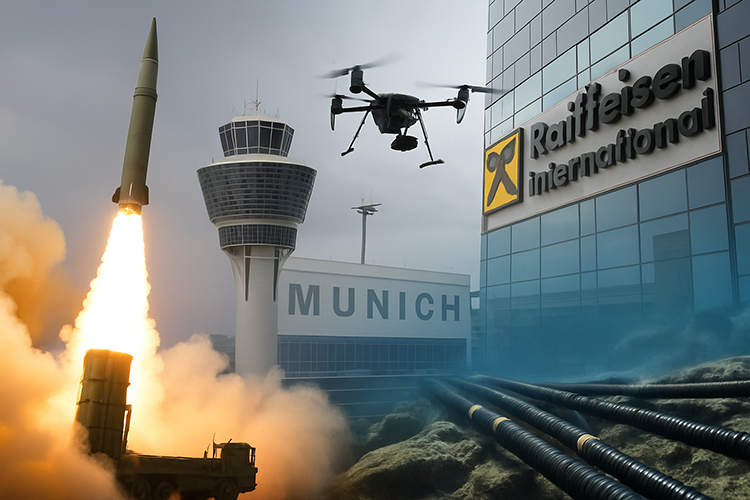2025-10-05
indicators

A series of recent developments across Europe highlight how the conflict in Ukraine and its spillover effects are reshaping both military strategies and civilian security. Reports from Western officials indicate that Russia has been modifying its short- and medium-range missile systems in ways that make them harder to intercept. The upgrades are said to involve changes in flight paths and targeting, which complicate the work of Ukraine’s Western-supplied air defense units. Analysts describe this as part of a continuing cycle of adaptation between offensive weapons and defensive systems. At the same time, the United States is expanding its role in Ukraine’s long-range strike capability. According to people familiar with current planning, Washington is prepared to provide intelligence to help Kyiv identify and strike targets deeper inside Russia, including energy and infrastructure sites. This marks a more assertive posture compared with earlier phases of the war, when Western capitals were hesitant about enabling attacks beyond Ukraine’s borders. Concerns about infrastructure vulnerability are also growing well beyond the frontlines. European security services have tracked Russian vessels and drones conducting surveillance of subsea cables and pipelines. These undersea connections carry much of Europe’s internet traffic and energy supply, making them potential weak points in any future escalation. The presence of Russian reconnaissance ships near key routes has revived debate over how well Europe is prepared to protect its critical networks. Meanwhile, reports of temporary disruptions at Munich Airport following drone sightings underlined the potential risks posed by unmanned aerial systems in civilian airspace. While official confirmation of a prolonged closure was lacking, the incident reflects the broader unease in European capitals about drones being used for disruption or sabotage. In financial circles, speculation has surfaced around how the European Union might respond to banks facing losses tied to their Russian operations. Austrian lender Raiffeisen, one of the most exposed Western banks in Russia, has been at the center of these discussions, though no formal EU policy has been announced. Taken together, the stories reflect a common theme: the blurring line between direct battlefield operations in Ukraine and the wider set of security risks confronting Europe. Missile modifications, intelligence coordination, and surveillance of physical and digital infrastructure all form part of a contest that extends far beyond the trenches. For governments and businesses across the continent, the challenge is how to adapt quickly enough to protect both strategic interests and everyday stability. Disclaimer: This article is based on publicly available information at the time of writing. Details may change as events develop.

